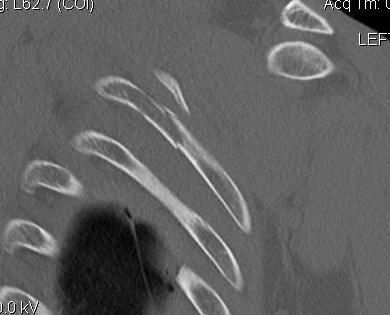Definition
Combination of scapular neck fracture and ipsilateral clavicle fracture / CC ligament disruption
Imaging
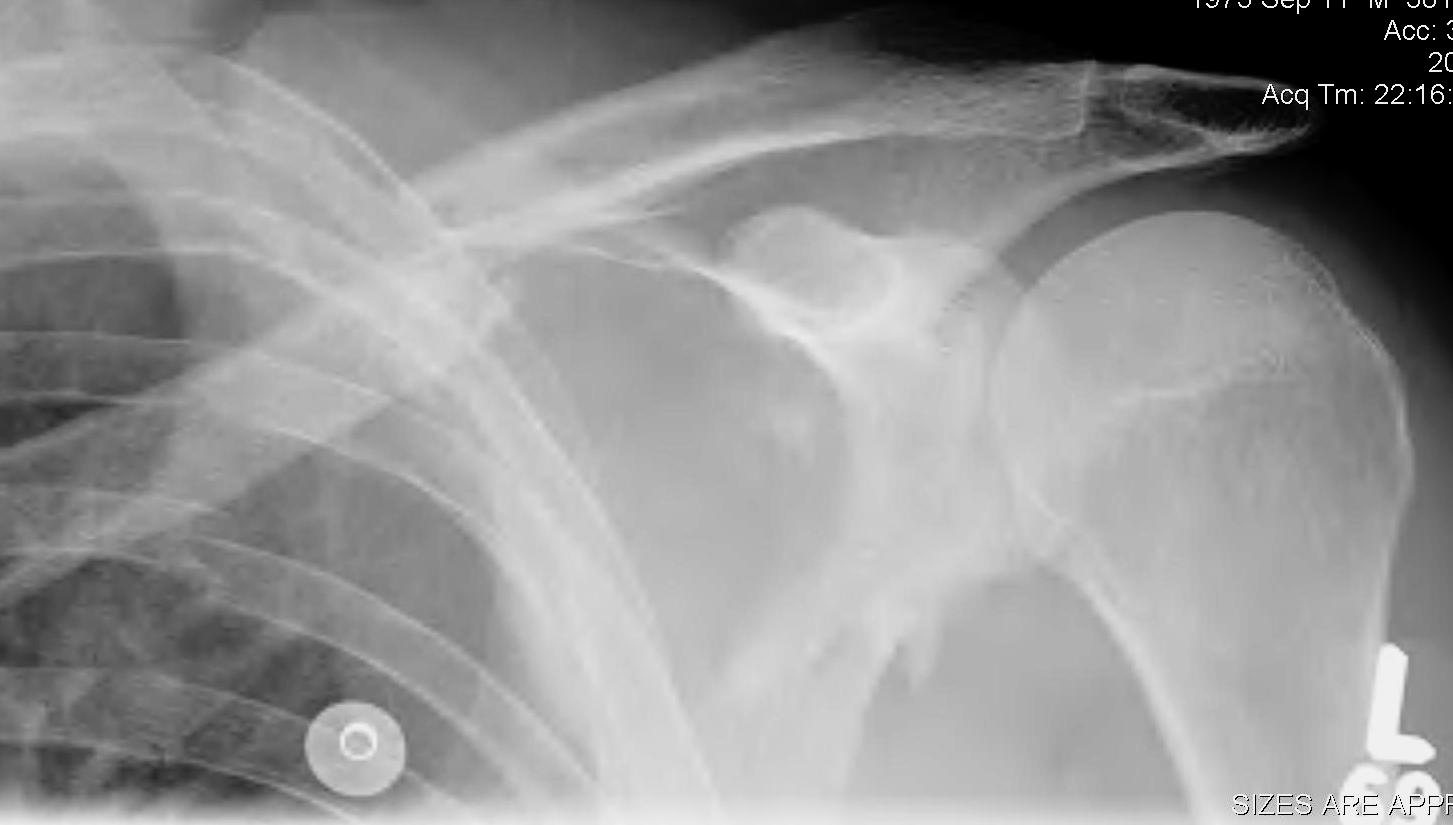
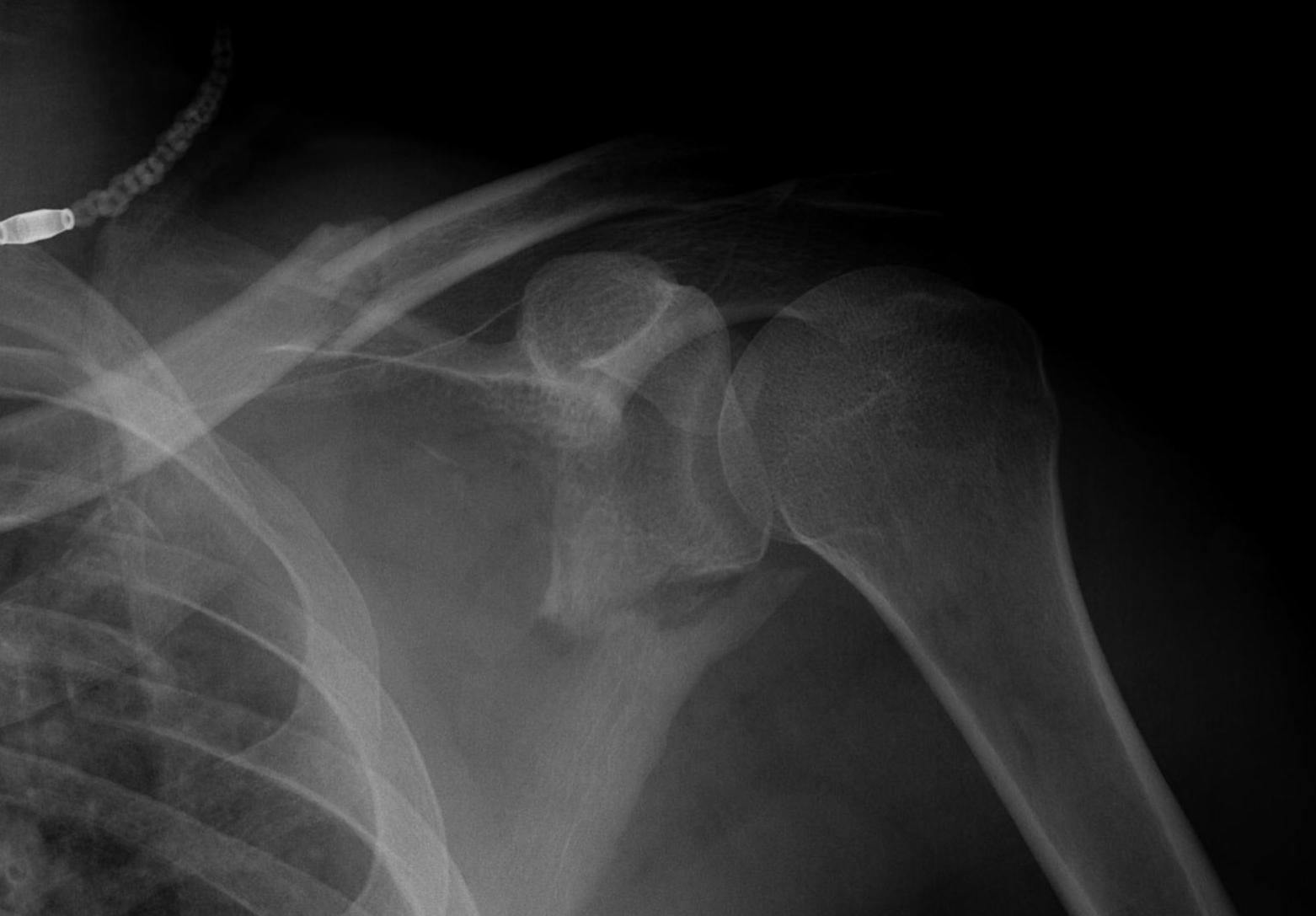
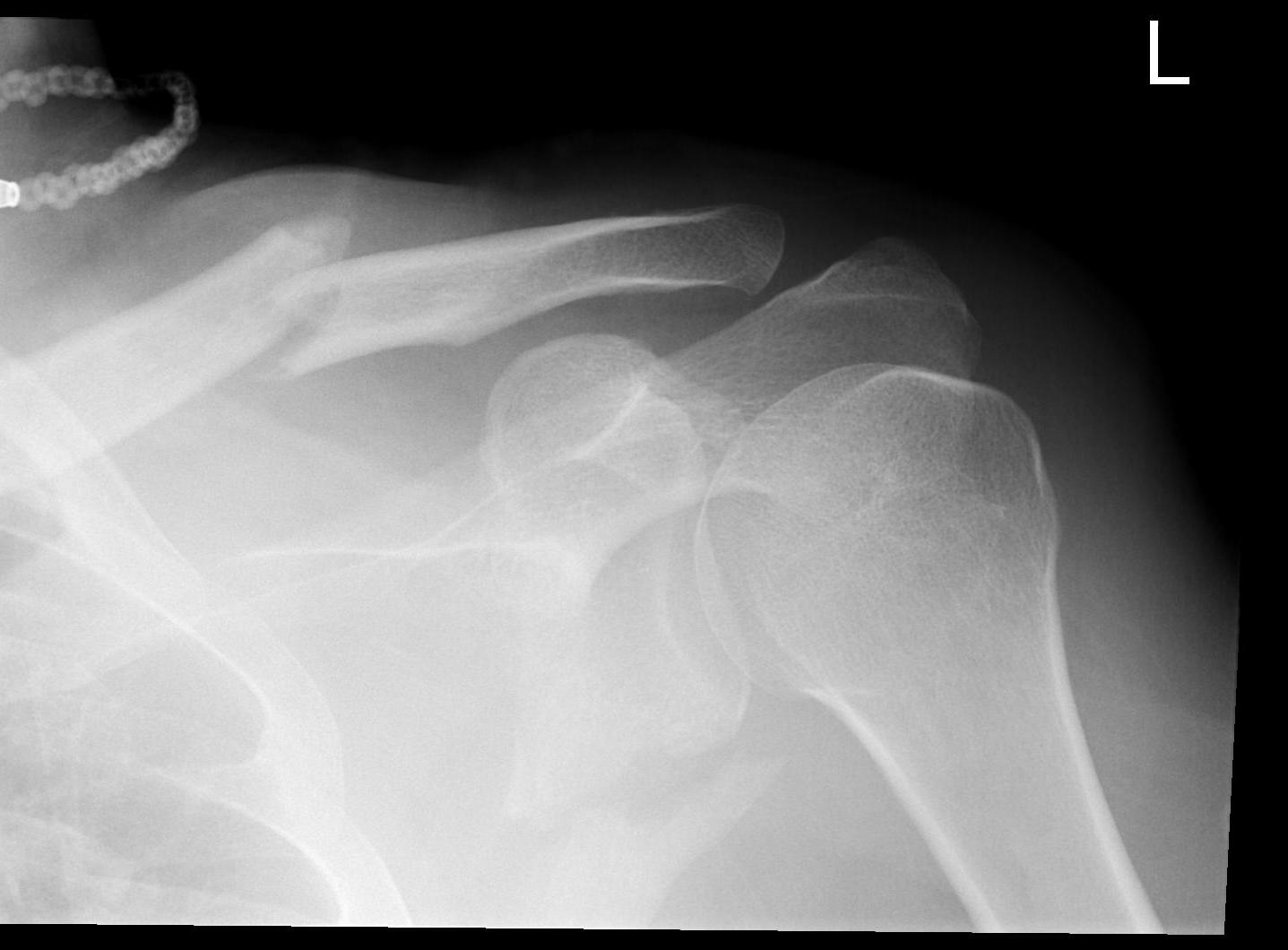
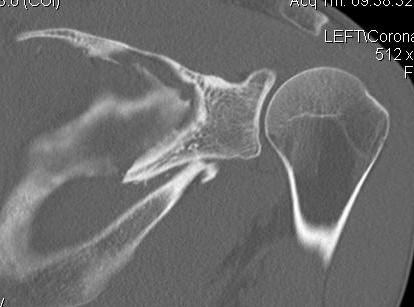
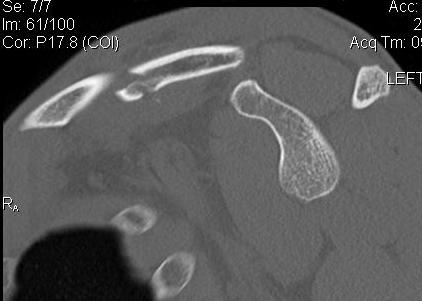
Epidemiology
High velocity injuries
- MVA
- MBA
Fractures usually of scapular neck
Potential Problems
Disrupts the suspensory mechanism of the shoulder
- displacement disrupts normal stability of GHJ
- changes biomechanics
- subacromial pain / impingement
NHx
Little evidence
- concern with displacement of fractures
- weakness of abduction / subacromial pain / poor shoulder function
- risk of non / malunion
Used to be recommended surgery for floating shoulder
Non operative Management
Indication
- undisplaced fractures
Edwards et al JBJS Am 2000
- 20 patients with floating shoulder treated non operatively
- 11 with displaced clavicle fractures (>10mm)
- 5 with displaced scapula fracture (>5mm)
- 19/20 united (one had segmental clavicle bone loss from gunshot)
- excellent functional scores
Labler J Trauma 2004
- 8 treated non operative, 9 treated operative
- 5 good results in each group
- recommend nonoperative treatment for less displaced fractures
Egol et al JBJS Am 2001
- 19 patients with clavicle fracture and displaced fracture glenoid neck
- 12 non operative, 7 operative
- good results in each group
- recommend individualized treatment
Operative Management
Options
1. ORIF clavicle
Minimally displaced glenoid fracture
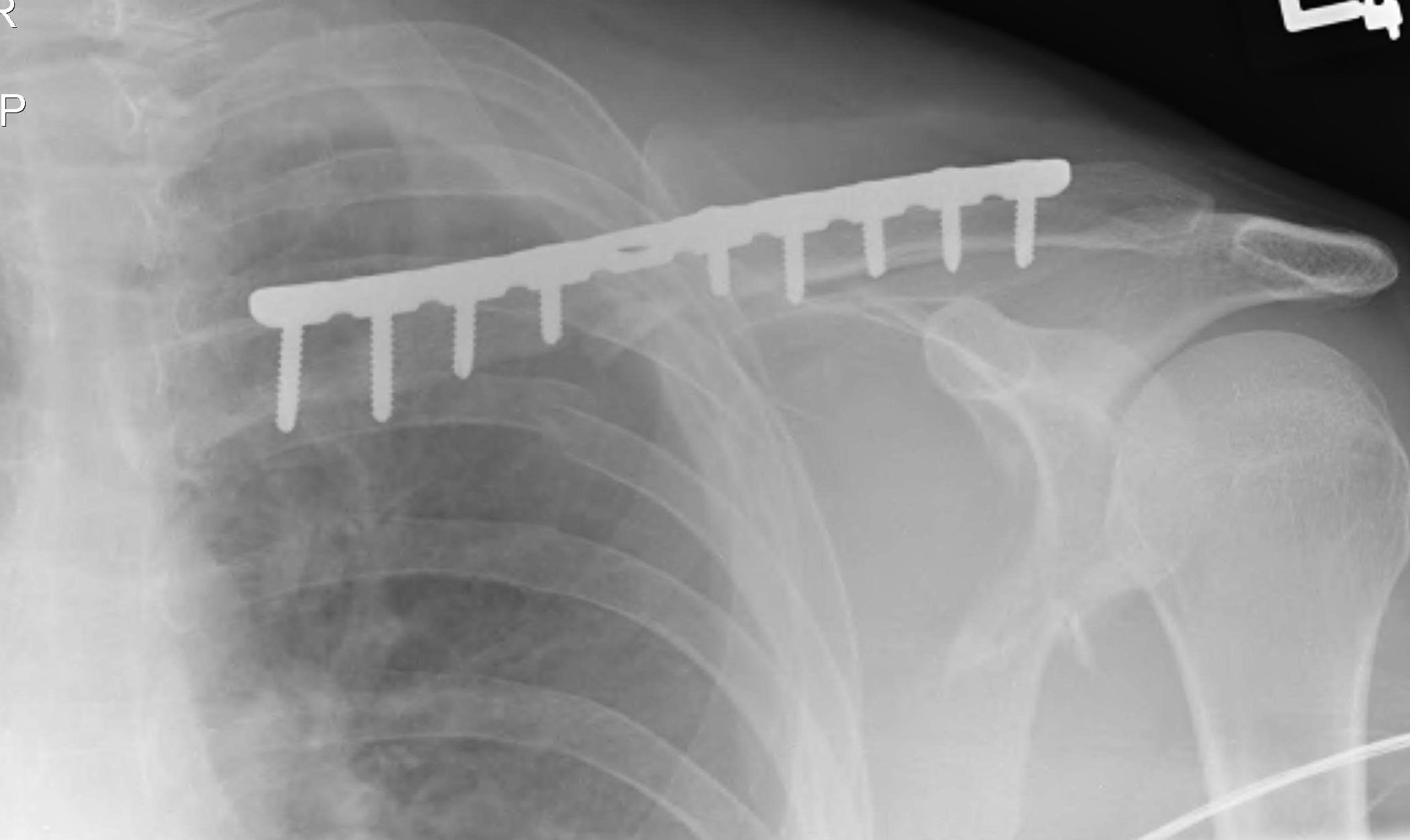
2. ORIF glenoid and clavicle
Displaced scapular neck
- > 40o angulation
- > 1cm displacement
- CT useful
Leung et al JBJS Br 1993
- 15 patients floating shoulder
- all scapular neck
- ORIF clavicle + glenoid (posterior approach)
- good functional outcome in all patients
Note:
- risk of PTX during surgery if rib fracture (secondary to PPV)
- may need chest tube
